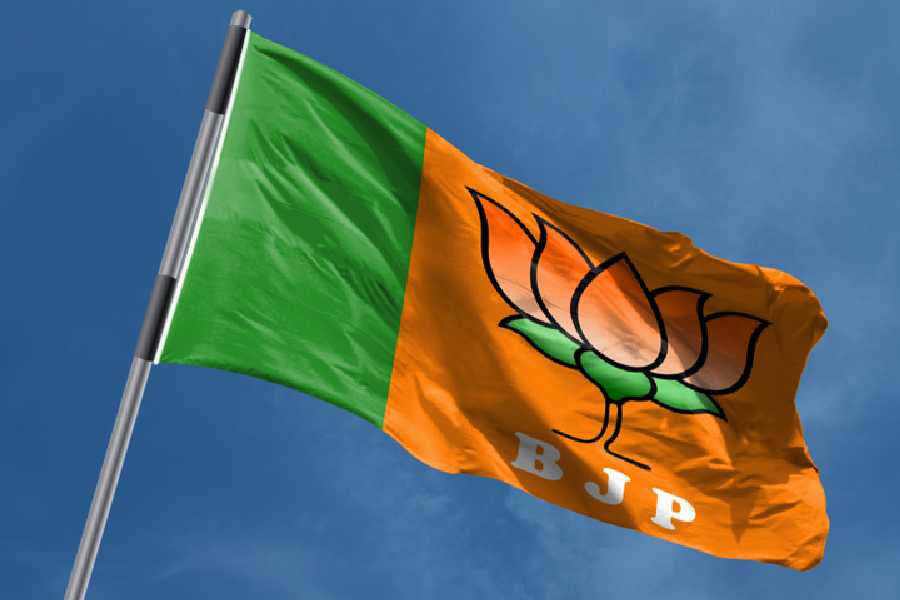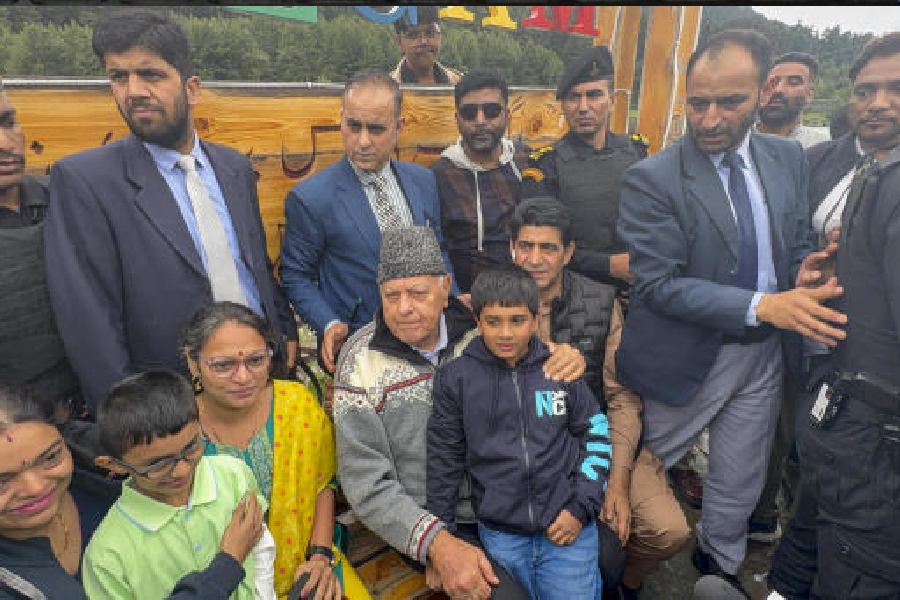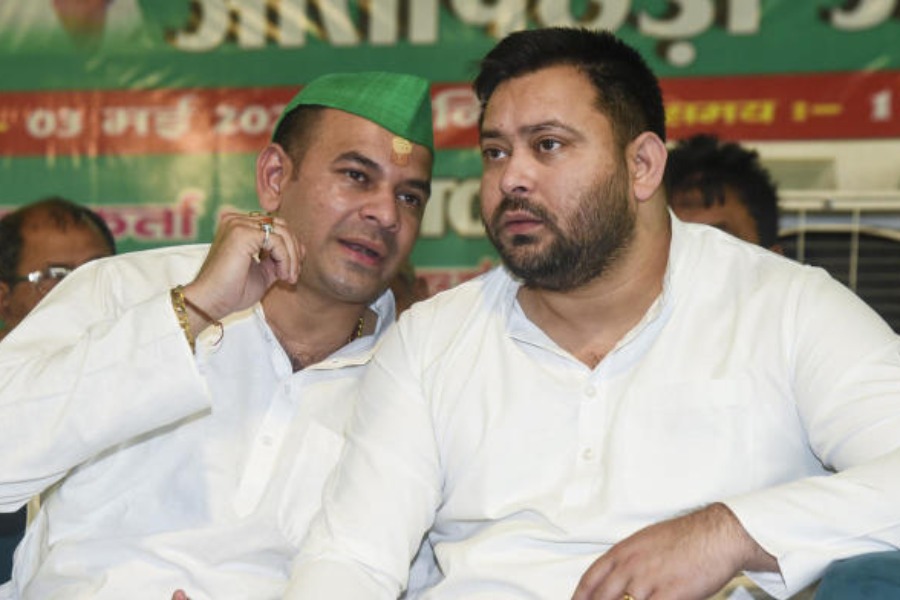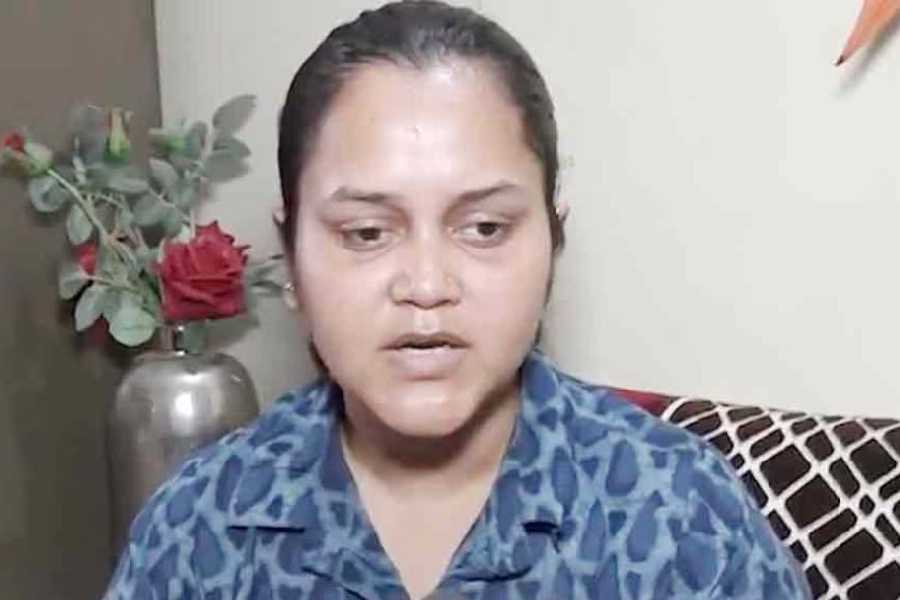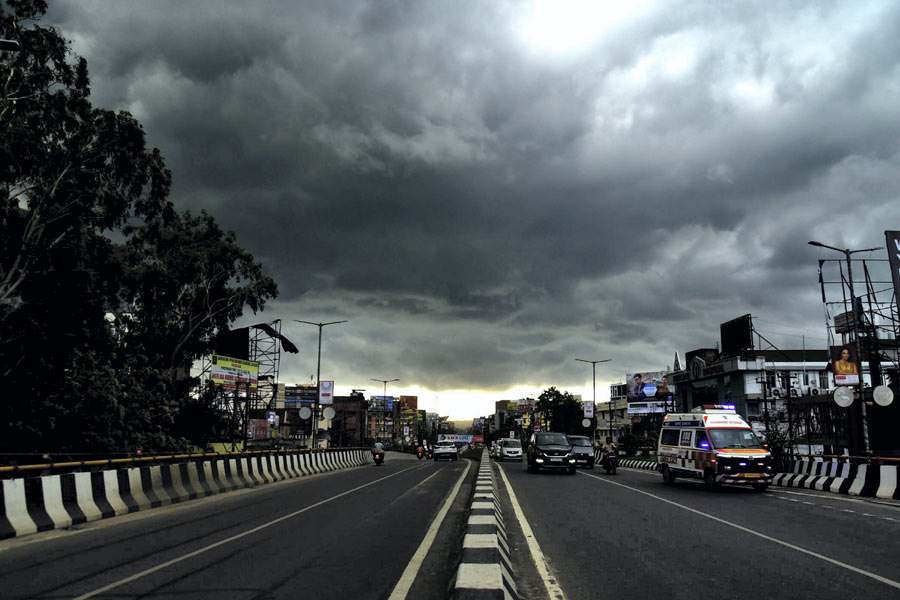 |
Early this year, the Supreme Court ruled that a married Hindu woman cannot adopt a child even with the consent of her husband. The ruling did not present any surprises as that is what the Hindu Adoption Maintenance Act (HAMA) 1956, says. But child adoption specialists felt that perhaps the apex court could have used this case to call upon the government to amend the antiquated law.
“Even though the ruling was in accordance with the law, the court could have observed that HAMA was an obsolete law that was simply not gender just. Even today, the husband has to file the request for adoption. The wife virtually has no say in the matter,” says Bharti Das Gupta, chief advisor, Catalyst for Social Action, an NGO that deals with adoption issues. Given that the law allows a single or divorced woman to adopt a child, it is absurd that a married woman is denied that privilege unless the husband petitions for the adoption, say experts.
In the case of Brajendra Singh versus State of M.P. & Another, the Supreme Court refused to recognise the right of an ‘adopted’ son of a woman to her property as her husband had not sought the adoption. This despite the fact that she had been living separately from her husband for decades.
A two-judge bench of Justices Arijit Pasayat and P. Sadasivam held that though “the husband and wife were staying separately for a very long period and the wife was living a life like a divorced woman”, “there is conceptual and contextual difference between a divorced woman and one who is leading life like a divorced woman” and “both cannot be equated”.
The court went by Section 8(C) of HAMA which states that any female Hindu “who is not married, or if married, whose marriage has been dissolved or whose husband is dead or has completely and finally renounced the world or has ceased to be a Hindu or has been declared by a court of competent jurisdiction to be of unsound mind, has the capacity to take a son or daughter in adoption.” HAMA is applicable to Buddhists, Jains and Sikhs.
“Under the law, an adoptive mother is not a joint petitioner, but only a consenting party. This reflects an obvious gender bias,” says Dr Nilima Mehta, chairperson, Child Welfare Committee (CWC), Maharashtra.
Indeed, the law seems so palpably unfair that even the legal fraternity feels that it should be amended, “The law needs to be amended so that a married woman, who is separated from her husband, can also adopt a male or female child. But the amendment has to take into account the legal complication arising out of the rights of such adopted children to the properties of her husband and in-laws,” says B.B. Singh, advocate, Bombay High Court, and an expert on adoption.
Adoption law has evolved out of a plethora of religious beliefs and customs followed over millennia. From ancient times childless couples have adopted a male child from the same clan (sapinda) so that he would be able to perform their last rites and do pind-daan to their departed souls.
And the adoption law continues to reflect this male bias. It stipulates that if a Hindu couple wants to adopt two children, one of them has to be a boy. Says Vidya Shankar, founder of the Chennai-based adoptive family support group, Sudatta, “The fact that a couple cannot adopt two girls is proof of this male bias.”
Activists feel that any amendment of HAMA, if and when it does occur, should endow the adopted child with the same status and rights as that of a biological child born in lawful wedlock. Moreover, the husband and wife should be made joint petitioners in case of an adoption.
Besides HAMA, other laws governing adoption in India are the Guardians and Wards Act, (GWA) 1890, and Juvenile Justice (Care and Protection of Children) Act, 2000. While Muslims, Parsis, Jews and Christians come under the purview of the GWA, the Juvenile Justice Act is applicable to everybody.
While the GWA does not give inheritance rights to adopted children, the Juvenile Justice Act, when it was passed, was touted as a secular law that could take care of all forms of adoption. But that remains only on paper, with courts giving more credence to HAMA.
“The Juvenile Justice Act is a general law, and hence HAMA continues to be the primary law on adoption. What we need is an enabling law on adoption on the lines of the Special Marriages Act which deals with special situations. This law can also be gender just and child-centred,” says Mehta.
According to the Central Adoption Resource Agency (CARA), the nodal agency for adoption of children in the country, around 3,000 children are adopted every year. In fact, adoption rates have been dropping of late. While they stood at around 3,831 in 2001, last year 3,175 children were adopted.
“We have three acts on adoption and they seem to say three different things. Insensitivity of the courts is not helping matters, either. The result is illegal adoptions and complications later on,” says Sandeep Kumar Mitra, head, Regional Resource Centre, Calcutta, Childline India Foundation.
According to Shankar, lakhs of children are waiting to be adopted, but the complicated laws fail to recognise their right to a family life. “Somebody should stand up and say, ‘Let us think about the children too’,” she says. A good beginning in that direction would be with changes to the patriarchal HAMA law, say experts. “This law flies in the face of the Constitution of India that guarantees equality. This is no doubt a very discriminatory law,” observes Rakesh Shukla, a Supreme Court lawyer who has also written on adoption issues.
Is the government listening?


